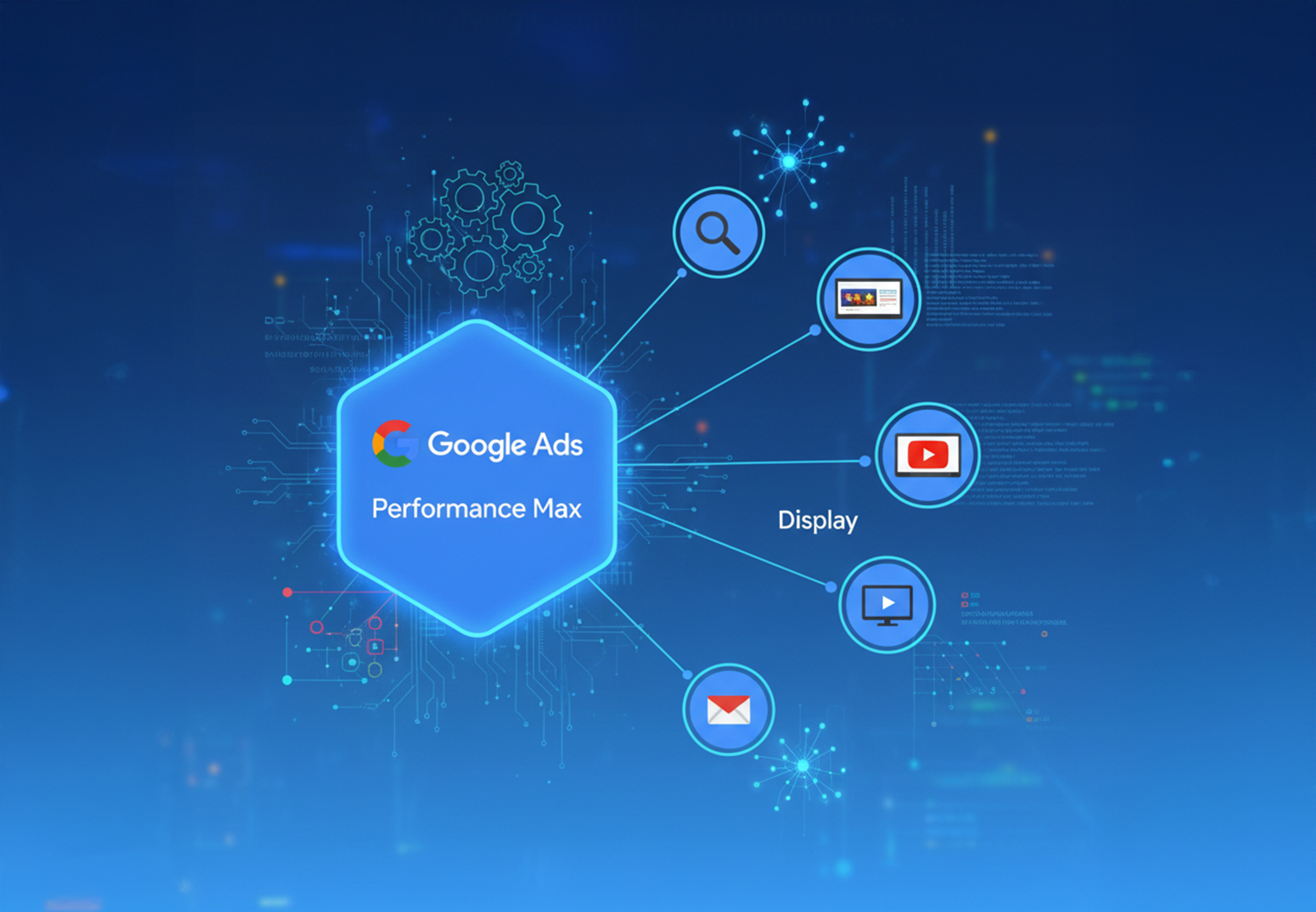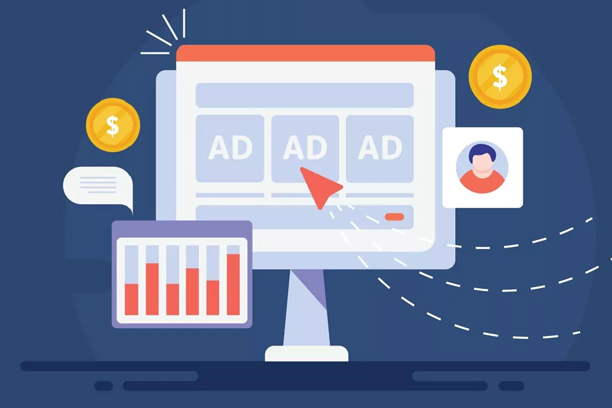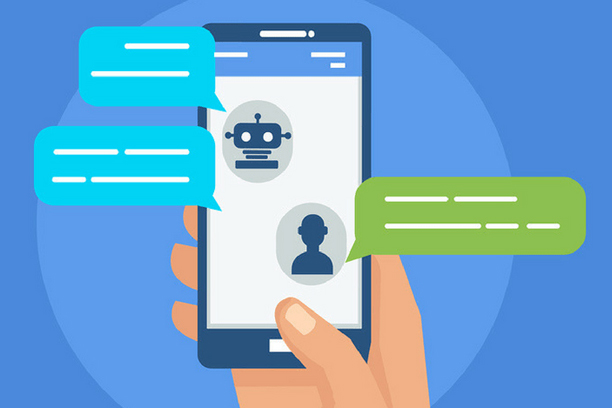Work Hours
Monday to Friday: 9AM - 6PM
Weekend: Closed

Pay-per-click (PPC) advertising, especially on Google Ads, remains one of the most powerful tools for driving qualified traffic and conversions. But as technology, algorithms, and consumer behavior continue to evolve, so too must your advertising strategy. In 2025, Google Ads is no longer just about bidding on keywords and writing catchy ad copy. Artificial intelligence, automation, privacy changes, and shifting audience behaviors are reshaping the way successful campaigns are built and optimized.
To stay ahead, businesses must understand and adapt to the latest trends shaping the PPC space. Whether managing ads in-house or through a digital marketing agency, knowing what’s new and what works is essential for maximizing returns.
Let’s explore the top 7 PPC trends that are set to dominate Google Ads in 2025 and how your business can leverage them for better performance.
1. AI-Powered Ad Optimization Becomes the New Standard
Artificial Intelligence has moved beyond just helping with targeting or budgeting, it’s now central to how Google Ads operates. Campaign types like Performance Max use AI and machine learning to determine where, when, and to whom your ads are shown across Google’s entire ecosystem – Search, Display, YouTube, Gmail, and more.
Rather than manually allocating budget across different channels, Google’s AI analyzes intent signals, behavior, device types, and even local conditions to serve ads more effectively.
Benefits of AI-driven optimization:
- Saves time on manual adjustments
- Improves conversion rates through smarter targeting
- Adjusts in real-time based on user behavior
Still, AI shouldn’t operate in isolation. While it’s powerful, human input is vital, especially for creative messaging, brand strategy, and interpreting insights that machines can’t fully understand.
2. Smart Bidding Gets Smarter

Smart bidding has been around for years, but in 2025, it’s significantly more refined. Google now incorporates more contextual signals like device type, time of day, location, previous site engagement, and conversion likelihood when determining bids.
With the increased accuracy of conversion tracking and access to enriched data, businesses can now use value-based bidding to prioritize high-value leads or purchases rather than generic conversions.
Popular smart bidding strategies include:
- Maximize Conversions with ROAS goals
- Target CPA (Cost Per Acquisition) with predictive insights
- Enhanced CPC with real-time auction data
The best part? These strategies work well even for campaigns with limited data, thanks to improved machine learning models. For smaller accounts with modest budgets, smart bidding removes much of the guesswork and simplifies bid management.
3. First-Party Data Is Now Essential
With Google phasing out third-party cookies and increasing its privacy controls, first-party data has become the foundation of effective PPC advertising. Relying on external data sources is no longer sustainable for consistent ad performance.
Businesses now need to collect and segment their customer data, emails, website interactions, purchase history and use it to power campaigns via Customer Match and remarketing audiences.
First-party data helps in:
- Creating hyper-personalized ad experiences
- Improving return on ad spend (ROAS)
- Complying with data privacy regulations
Start building your email lists, loyalty programs, and CRM integrations today, if you haven’t already.
4. The Shift from Keywords to Audience Signals
Keywords have long been the cornerstone of PPC, but Google Ads is gradually transitioning to intent-based targeting through audience signals. While keywords still matter, Google increasingly uses in-market and affinity audiences, custom segments, and website behavior to determine who sees your ads. In other words, context is now just as important as the search term itself.
Combining broad match keywords with audience targeting allows the system to reach users based on purchase intent and past actions, not just the words they type.
Best practices for audience-first PPC:
- Use audience layering in Search campaigns
- Apply detailed demographics and life events
- Leverage remarketing lists for ad customization
This approach results in more qualified clicks, better engagement, and higher conversion rates, without obsessing over exact keyword matches.
5. Creative & Visual Ad Formats Are Leading the Way
The PPC landscape is no longer limited to text-based ads. In 2025, visual content, including video, image extensions, and responsive display ads, is playing a bigger role in campaign success. With users spending more time on YouTube, Google Discover, and other visual platforms, marketers must create eye-catching creatives that drive action.
Trending ad formats include:
- YouTube Shorts and vertical video ads
- Visual site link extensions on Search Ads
- Responsive display ads that auto-adjust creatives
Investing in strong visuals leads to higher click-through rates and better brand recall. Businesses that consistently test new creatives and A/B variations outperform those relying on static images or generic stock content.
6. Conversational Ads and Chat-Like Experiences

One of the more futuristic developments in PPC is the rise of conversational ads. Google is experimenting with formats that resemble chat interactions, particularly for local services and lead generation. These ads allow users to ask questions, receive answers, and even schedule appointments – all within the ad unit itself.
Benefits of conversational PPC ads:
- Frictionless user experience
- Instant lead qualification
- Personalized recommendations in real-time
While still rolling out broadly, businesses that prepare for this format now (e.g., by integrating AI chatbots and live scheduling tools) will be well-positioned to take early advantage.
7. Automation with Guardrails
With so much automation from bidding to targeting to ad delivery, it’s easy to set a campaign and walk away. But successful advertisers are setting up guardrails to maintain control and brand safety.
That means:
- Creating campaign scripts to monitor performance anomalies
- Setting manual budget caps
- Using negative keywords and placement exclusions
- Reviewing automated creative suggestions before approval
Automation doesn’t mean giving up control. Instead, it’s about using technology to scale smarter while maintaining transparency, performance standards, and brand alignment. Enterprises and large-scale advertisers are increasingly integrating third-party tools and APIs with Google Ads to monitor performance in real time and catch issues before they snowball.
Conclusion
Google Ads in 2025 is smarter, faster, and more data-driven than ever. From automation to AI to creative innovation, businesses must adapt their strategies if they want to remain competitive and cost-effective. If your PPC strategy hasn’t been refreshed recently, now is the time. These trends are already shaping the competitive edge for businesses that are adapting early.
Ready to Maximize Your Google Ads ROI?
If you’re looking to improve ad performance, reduce wasted spend, and generate more high-quality leads, Segnant can help. Our PPC experts specialize in building and optimizing Google Ads campaigns tailored to your business goals.

